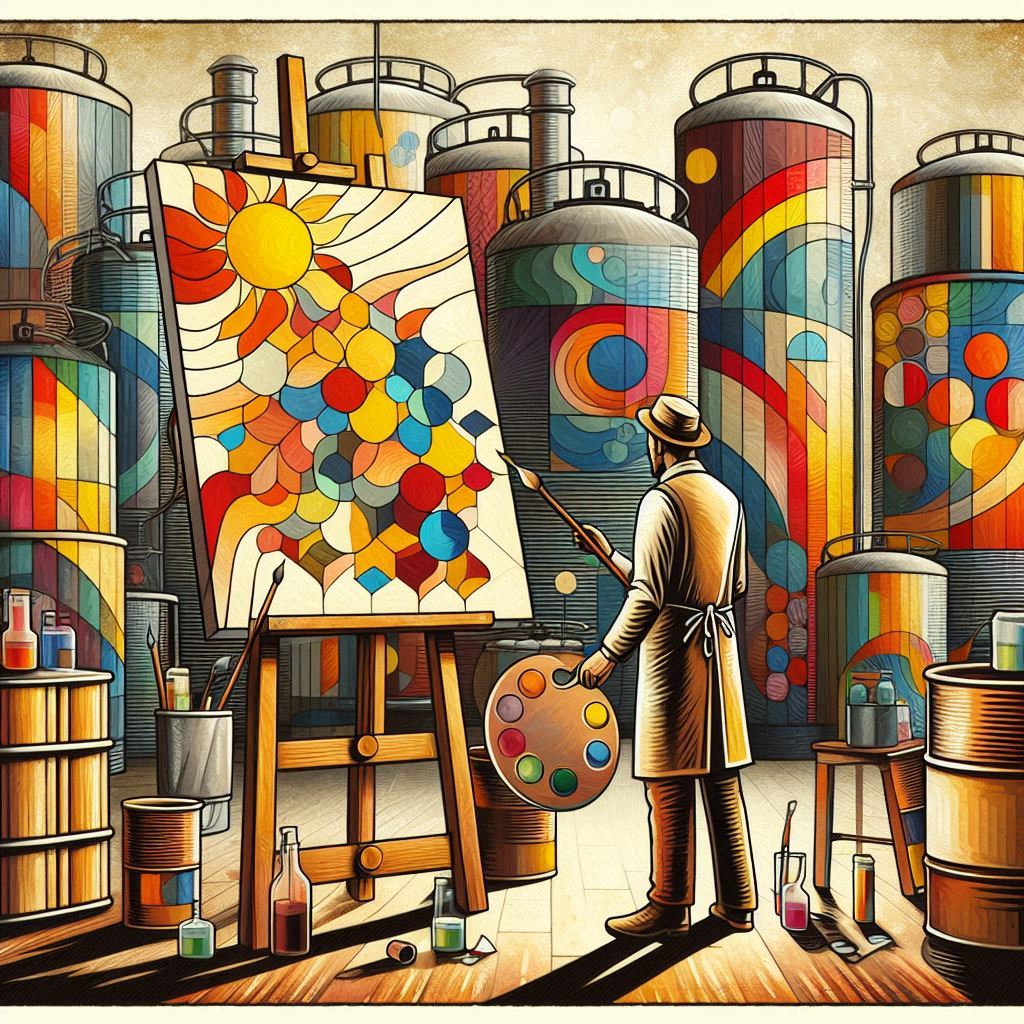Digital art has revolutionised the way we create, and it’s not just about convenience. It’s also about sustainability and environmental responsibility. Here’s why digital art is a greener choice compared to traditional painting with chemicals:
- Reduced Waste: Traditional painting involves a plethora of materials – paints, brushes, canvases, solvents, and more. These materials often end up in landfills, contributing to waste. Digital art, on the other hand, primarily uses electricity and digital storage. While electricity production has its own environmental impact, it’s far less wasteful than the tangible materials used in traditional art.
- Fewer Chemicals: Traditional paints and solvents often contain harmful chemicals that can be detrimental to both human health and the environment. Exposure to these chemicals can lead to respiratory problems, skin irritations, and even long-term health issues. Digital art eliminates the need for these hazardous substances, promoting a safer working environment for artists and reducing the risk of environmental contamination.
- Energy Efficiency: Modern digital art tools are designed with energy efficiency in mind. Tablets, drawing pads, and computers often have power-saving features that minimize energy consumption. Additionally, cloud storage allows artists to store their work digitally, reducing the need for physical storage space and the associated energy costs.
- Versatility and Longevity: Digital art offers a level of versatility that traditional painting simply can’t match. Artists can experiment with different styles, colors, and techniques without the need for additional materials. Furthermore, digital artworks can be easily backed up and shared, ensuring their longevity and reducing the risk of physical damage or loss.
- Reduced Transportation Impact: The art world often involves the transportation of physical artworks, which can contribute to carbon emissions. Digital art can be easily shared and sold online, significantly reducing the need for physical transportation and its associated environmental impact.
- Potential for Environmental Themes: Digital art can be used to raise awareness about environmental issues. Artists can create powerful and thought-provoking works that highlight the beauty of nature and the importance of conservation. These artworks can inspire viewers to take action and protect our planet.
While digital art offers numerous environmental benefits, it’s important to acknowledge that it’s not entirely without its own ecological footprint. The production and disposal of electronic devices, as well as the energy consumption associated with digital creation, contribute to our overall environmental impact. However, by making conscious choices, such as opting for energy-efficient devices and recycling electronics responsibly, artists can further minimize their environmental impact.
In conclusion, digital art represents a significant step towards a more sustainable and environmentally friendly approach to artistic expression. By reducing waste, eliminating harmful chemicals, and minimising energy consumption, digital artists can create beautiful and meaningful works while contributing to a healthier planet.
